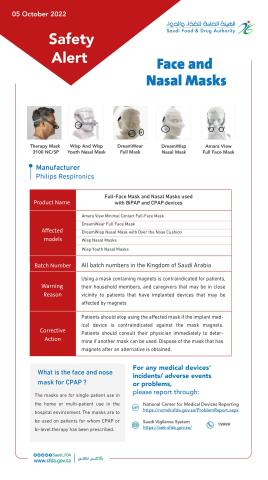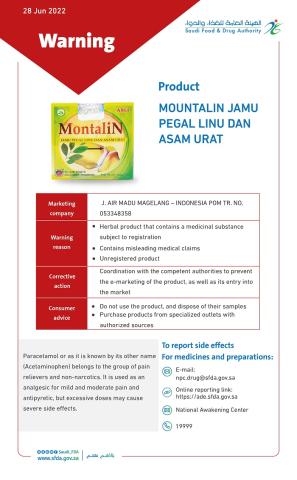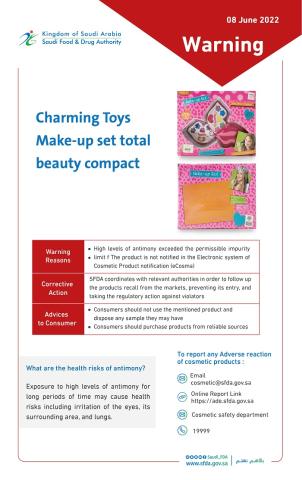New forms of highly drug-resistant tuberculosis are emerging and action must be taken soon before they become widespread globally, says an editorial in this week's british medical journal. The authors say that urgent action is needed to implement effective tuberculosis control strategies, especially in countries where tuberculosis control practices have been inadequate.
Research is also needed to assess the extent of the spread of these highly drug resistant strains of tuberculosis worldwide and improved means of diagnosis of tuberculosis and early detection of drug resistance are urgently required, they add.
Among 536 cases of tuberculosis confirmed at a rural hospital in South Africa earlier this year, 41% were multi-drug resistant and of those, 24% met the exact definition of being extensively drug resistant tuberculosis (also referred to as XDR tuberculosis). Such tuberculosis is almost untreatable.
All patients in this outbreak who were tested were HIV positive and 52 of the 53 died after an average of 25 days.
Strains of extensively drug resistant tuberculosis have also been noted in Europe, Asia and North and South America. It appears that there are several strains of this tuberculosis.
Author Dr Stephen Lawn, senior lecturer in infectious and tropical diseases at the University of Cape Town, South Africa, says that drug resistance to tuberculosis results largely from poorly managed care and control of the disease.
Poor prescribing practices, low drug quality (or erratic supply) and poor adherence to drugs can all contribute to this resistance to drugs. Where HIV rates are high, this allows particularly rapid spread of the disease within hospital settings and the community.
Dr Lawn says several responses to this problem are required including urgent assessment of the scale of the problem and an increase in laboratory capacity.
"Detection rates for cases of tuberculosis need to be improved, highlighting the need for a new diagnostic test," he writes. "Technologies that can determine the presence of drug-resistance at the point of care are needed as are new drug treatments."



